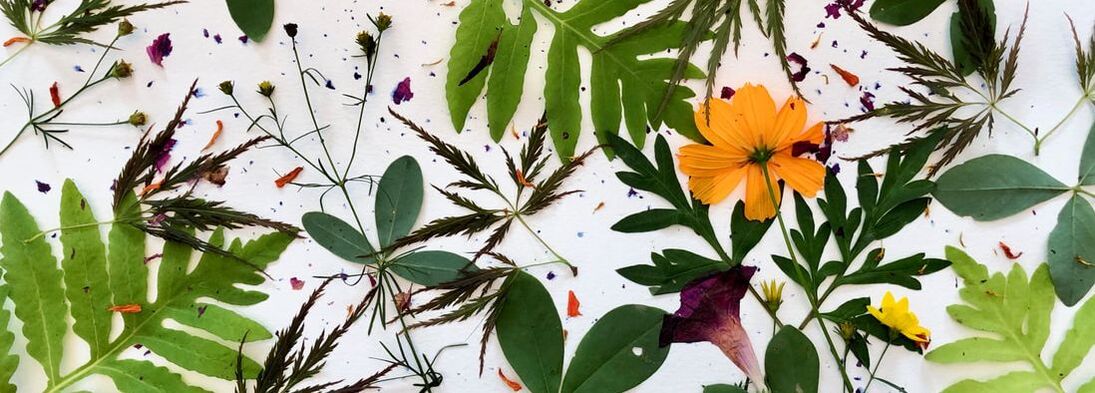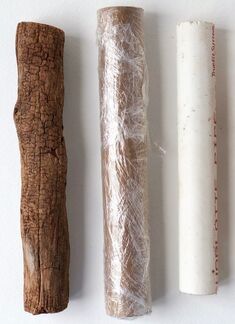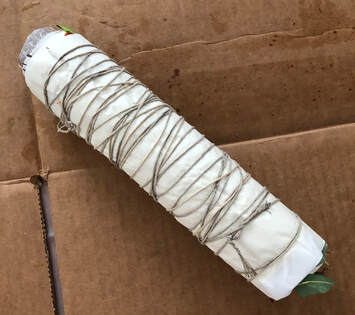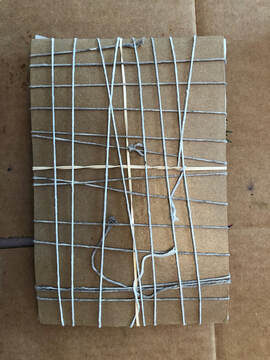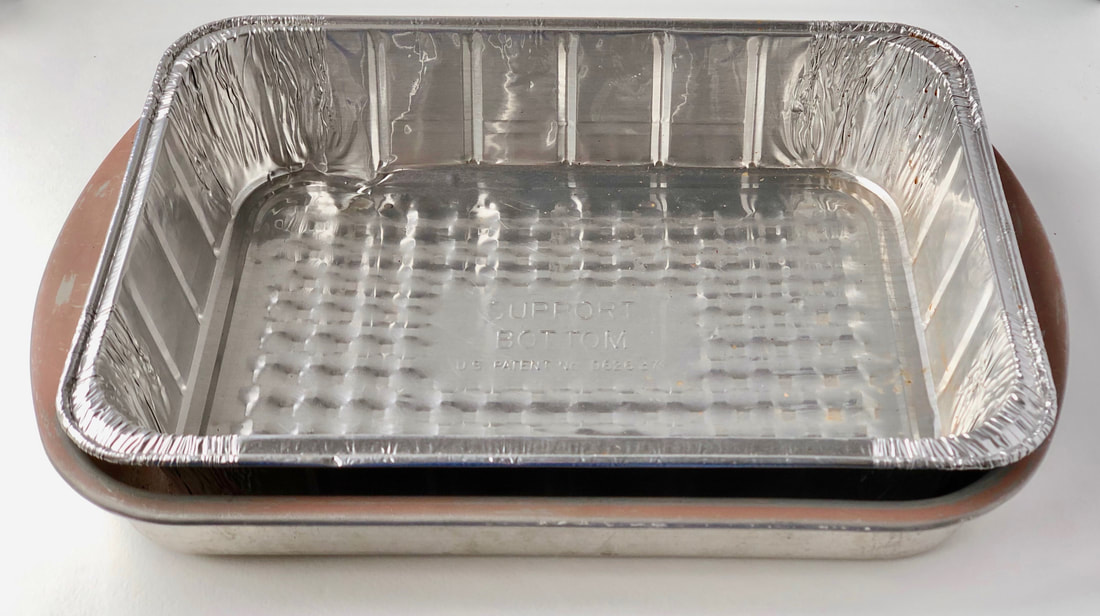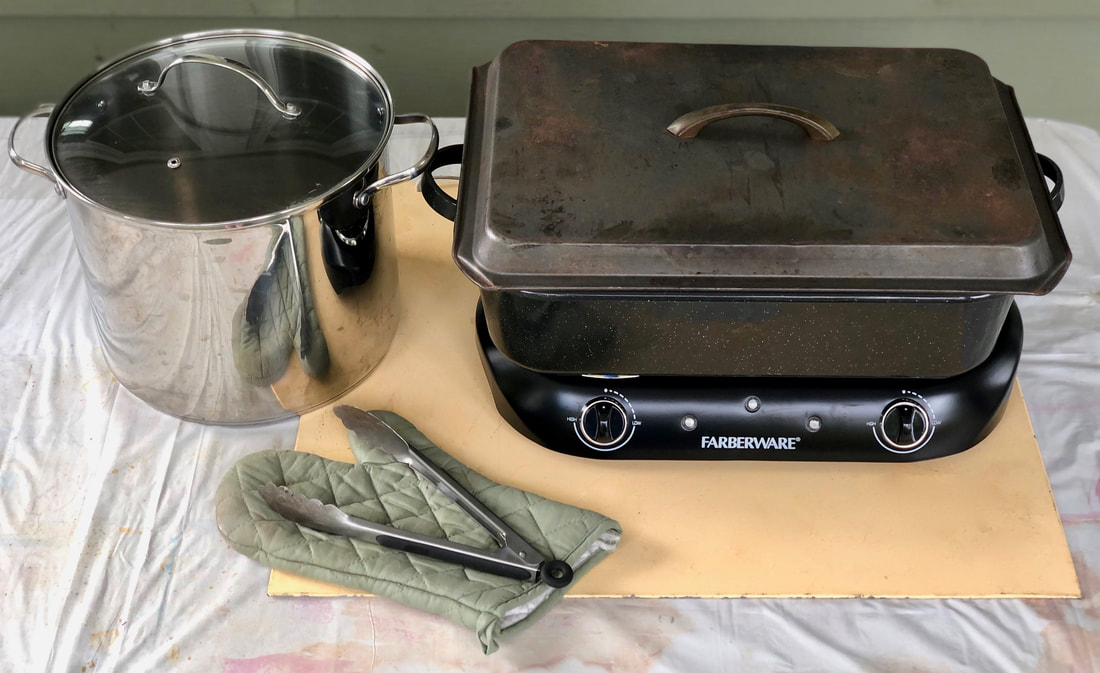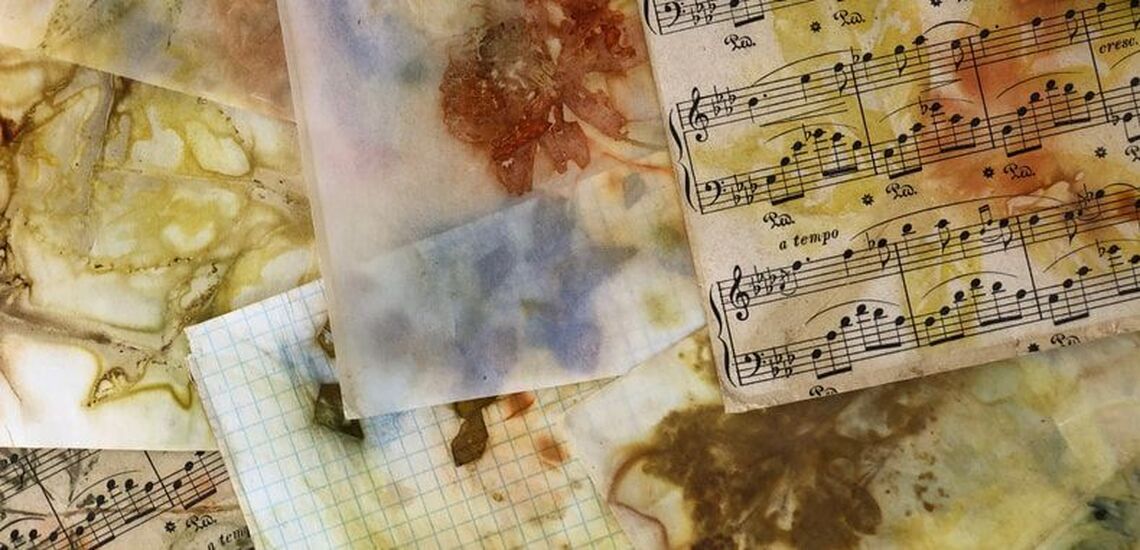Kathy Johnson Art
The Eco-Printed Journal Workshop
FAQs
Can I do this in my Kitchen?
No, this process should not be done in your kitchen.
For safety, always steam/boil plant material in an outside location or in a well-ventilated area away from where you cook food. Many plants, including quite a few common garden plants, have toxins that can be dangerous. You’ll want to keep fumes from concentrating in an enclosed space as some people may be sensitive or allergic to certain plants even though they may not be toxic. Any pots, pans or utensils used for eco-printing should not be used for preparing food.
No, this process should not be done in your kitchen.
For safety, always steam/boil plant material in an outside location or in a well-ventilated area away from where you cook food. Many plants, including quite a few common garden plants, have toxins that can be dangerous. You’ll want to keep fumes from concentrating in an enclosed space as some people may be sensitive or allergic to certain plants even though they may not be toxic. Any pots, pans or utensils used for eco-printing should not be used for preparing food.
What is alum?
Alum (potassium aluminum sulfate) is a mineral salt powder with a texture similar to coarse salt. It’s the magical substance that binds the plant pigment to the fibers in the paper. It's not considered toxic but it is an astringent and can be very drying to the skin.
Alum (potassium aluminum sulfate) is a mineral salt powder with a texture similar to coarse salt. It’s the magical substance that binds the plant pigment to the fibers in the paper. It's not considered toxic but it is an astringent and can be very drying to the skin.
What is ferrous sulfate?
Ferrous sulfate is iron in powder form. It's used to change colors and darken colors of natural dyes. It also increases lightfastness.
Ferrous sulfate is iron in powder form. It's used to change colors and darken colors of natural dyes. It also increases lightfastness.
What kind of dowel do I need?
You’ll want the diameter to be 1.5” or larger for ease of rolling the bundle and the length should be in the range of 9.5“ - 10".
It can be a piece of PVC pipe*, a wooden dowel (the kind you use in a closet for hanging clothes), a piece of a tree branch (the straighter the better), or even a sturdy paper roll from a foil or waxed paper box wrapped with plastic wrap .
*If using PVC pipe use sand paper to remove any writing on the pipe otherwise it may transfer to your paper.
You’ll want the diameter to be 1.5” or larger for ease of rolling the bundle and the length should be in the range of 9.5“ - 10".
It can be a piece of PVC pipe*, a wooden dowel (the kind you use in a closet for hanging clothes), a piece of a tree branch (the straighter the better), or even a sturdy paper roll from a foil or waxed paper box wrapped with plastic wrap .
*If using PVC pipe use sand paper to remove any writing on the pipe otherwise it may transfer to your paper.
What do the bundles look like?
The bundles are the paper and plant material rolled around a dowel or layered and wrapped with string before going into simmering water.
The bundles are the paper and plant material rolled around a dowel or layered and wrapped with string before going into simmering water.
I don't have a large stockpot or roasting pan. Are there other options?
You could use a disposable deep aluminum lasagna pan, have it sit inside a metal baking pan for support and use foil for a cover.
You could use a disposable deep aluminum lasagna pan, have it sit inside a metal baking pan for support and use foil for a cover.
Below are the tools that I use for eco-printing: a 2 burner portable electric burner, stock pot (12" at the widest point x 11" tall) with lid and
a roasting pan (12" x 16" x 4" deep) with a cookie sheet lid that was pieced together from thrift store finds.
What else can I use if I don't have a portable electric burner or hot plate?
You could use a large crockpot that you don't plan to use for food again. If you use a crockpot, you may need to 'cook' your journal and cover bundle at different times due to space limitation.
You could use a large crockpot that you don't plan to use for food again. If you use a crockpot, you may need to 'cook' your journal and cover bundle at different times due to space limitation.
Will I need to gather additional flowers and leaves?
No, the plant material I send is sufficient to create all the class projects, but if you do have leaves or flowers you want to try in addition to what I send, that’s fine too.
No, the plant material I send is sufficient to create all the class projects, but if you do have leaves or flowers you want to try in addition to what I send, that’s fine too.
Still not sure about a supply you need for this workshop?
